The question of many people who did not closely see a walnut tree is that, what does a walnut tree look like? You can find plenty of pictures of this tree with a simple search on the Internet.
However, the apparent details of this tree, including fruit, bark, leaves, flowers and the appearance of the walnut tree, is not something that you can find easily for different seasons, by searching on the internet.
You can see pictures of all these details in this article, and then you can easily identify walnut types. If you’re not familiar with this amazing tree, do not miss this article.
General Specs of Walnut Tree
The walnut tree is a very valuable plant and is a broad-leaved plant. Walnuts in many parts of the world, including the northern hemisphere, from the center to the east of Europe, throughout Asia, as well as some its species in North and South America, grow naturally.
Walnuts are the Juglans, scientific name of the Juglandaceae family. The name of this tree is derived from the Latin word Jovis-Glans, meaning Jupiter’s hazelnut. The walnut tree is a single-base plant that grows up to 70 feet or more.
Walnuts have a lot of value because of its very beautiful and quality wood, as well as delicious nuts. Walnuts have different species that are found in most parts of the world. Of course, some people know the origin of this plant from West Asia.
In the eastern United States, you can see the types of walnut trees include black walnut trees (Juglans nigra), which are native to the area, and English walnut trees (Juglans regia), which came to this country with European settlers.
Lichtenberg Wood Burning eBook
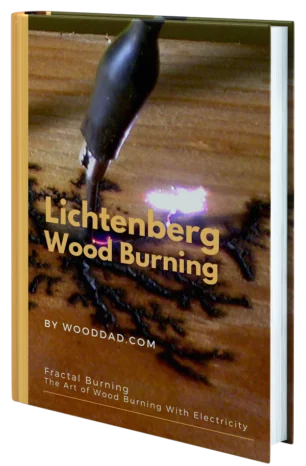
Download Lichtenberg Wood Burning eBook
One of the modern techniques for creating wooden artwork is called Lichtenberg wood Burning. In this eBook, we are going to introduce this newfound art to you.
This technique is known with some different names such as Lichtenberg wood burning, fractal wood burning, and electricity wood art.
This technique should not be confused with wood burning art or pyrography. The art of pyrography on wood is the art of creating motifs and designs by burning with hot metal tools on objects such as wooden surfaces.
Lichtenberg burning is a wood-burning technique for creating designs with electricity.
This eBook is a comprehensive guide on Lichtenberg Wood Burning. All you need to know for Lichtenberg Wood Burning is here.
This is a limited-time offer, order now to get access to the future eBook releases.
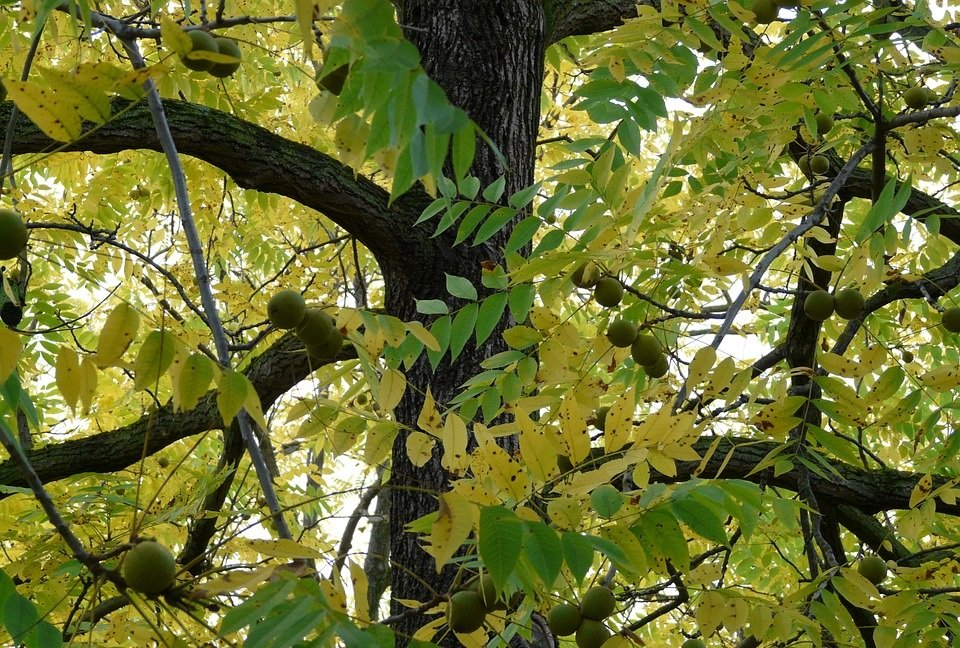
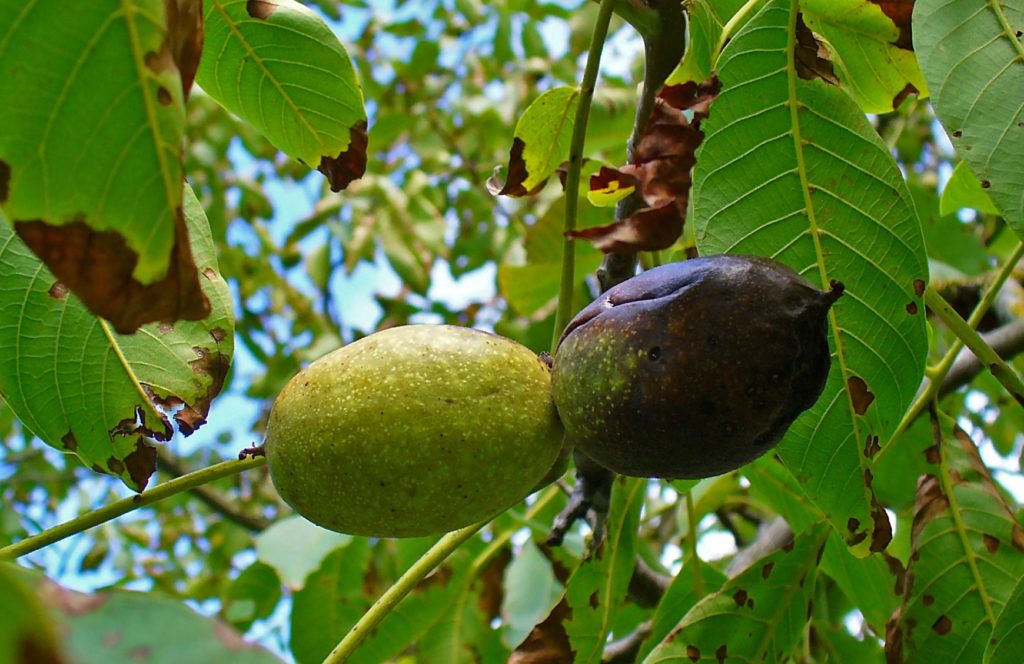
While there are a few differences between these two species of walnut, both have common characteristics that will help you identify them as walnut trees.
Suitable Climate for Walnut Tree
The temperature of cold winter and spring, rainfall and summer heat are important climatic factors that should be considered in choosing the location of walnut trees.
Areas that are constantly exposed to severe winds or in areas where the weather is cold are not suitable for this tree.
In general, the walnut tree is overly sensitive to heat and cold throughout the summer and winter. Therefore, the mild temperate of the mountainous climate is the best condition for growing walnuts.
How to Identify Walnut Trees
There are several ways to identify walnut trees. There are also several ways to make sure you find a walnut tree. The first step for the identification of the walnut tree is to look at your surroundings.
Your location does not specify that you’re looking at a walnut tree, but it can tell you if you’re not. If you’re in a swampy area or one place that floods often, the tree you’re looking at probably isn’t a walnut tree.
Looking at the ground can be also helpful. The ground around a walnut tree is usually littered with walnut shells that left behind by hungry animals like squirrels.
English walnuts trees are also easy to identify. The trunks of these trees are white and you can see that they join a thicker and darker trunk near the root.
Walnut Tree Bark
Walnut tree bark is rough and full of deep ridges and grooves, and they are gray. These vertical Streaks are from the up to the down of the tree bark and creates a regular texture. Look at the figure below.
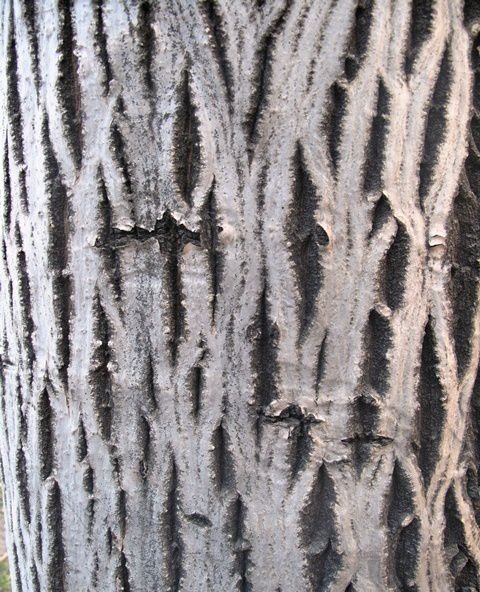
If you remove a piece of bark from the walnut tree, you’ll find a deep chocolate brown color hiding beneath the tree’s gray bark.
What Does a Walnut Tree Leaf Look Like?
In spring and summer, walnut trees produce branches that are full of leaves. Each stem contains several leaves in a row on each side and a final leaf at the end of the stem.
The leaves of the walnut are broad, and in spring and summer is green, in the autumn is yellow and brown and shed in the winter. Look at the picture below.
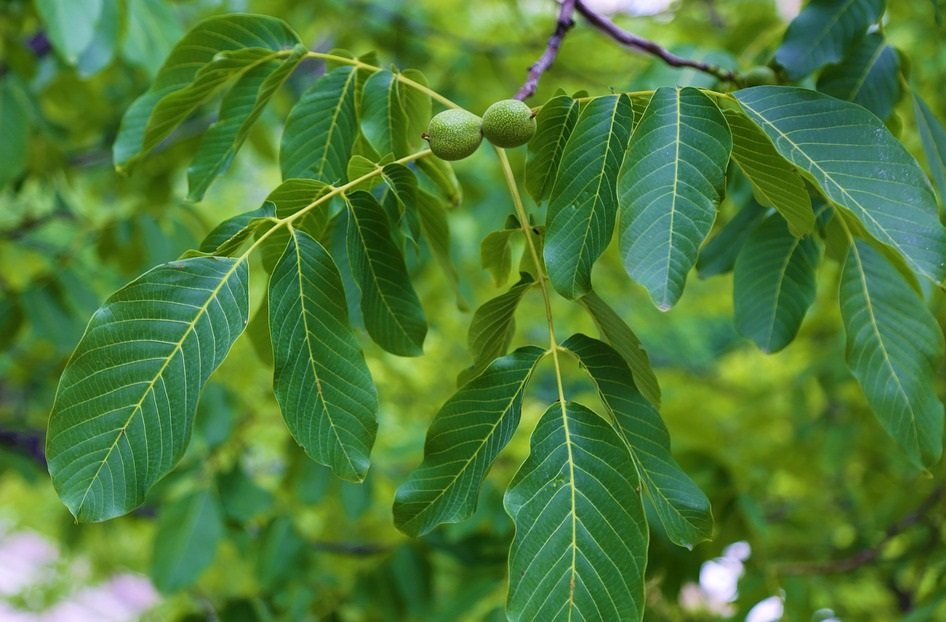
If you’re still not sure if you have got a walnut tree leaf, there is another way. You can crush a leaf in your hand and smell it to identify walnut leaf. The leaves of walnut trees have a distinct smell that is like Eucalyptus leaves.
Walnut Tree Fruit
The fruit of the walnut is tightly surrounded by a thick green skin that leaves the fruit when it ripe and the fruits fall on the ground.
See pecan wood for smoking meat.
When fruits have cracked about 80 percent of the green skin, fruits have ripened, but the ripening of the nut and the green skin is not always synchronous.
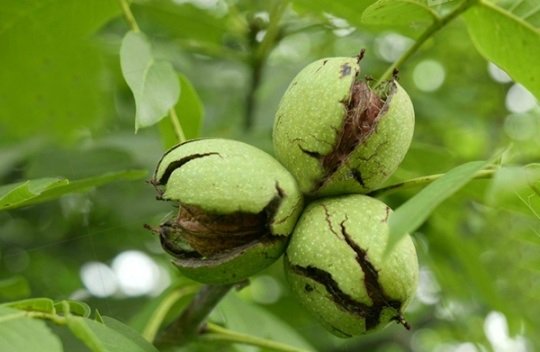
What Does a Walnut Tree Look Like in Spring?
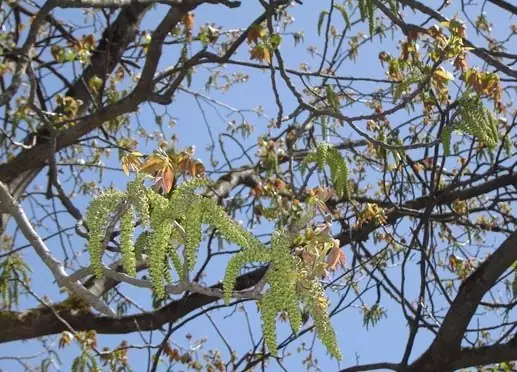
In spring, the leaves and flowers of the walnut grow. The walnut tree is a base and its male and female flowers are separated from each other on a tree.
Male flowers appear on the walnut branch and hang, and the female flowers form in pairs at the tip of the branch. The buds of female flowers are distinguished during the summer.
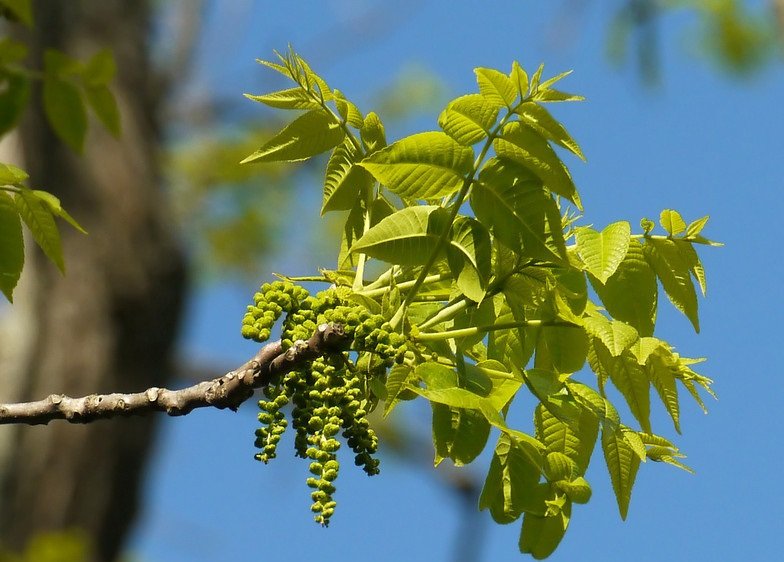
Male flowers grow on the branches of the previous year, and female flowers are on the branches of the new year. See above picture.
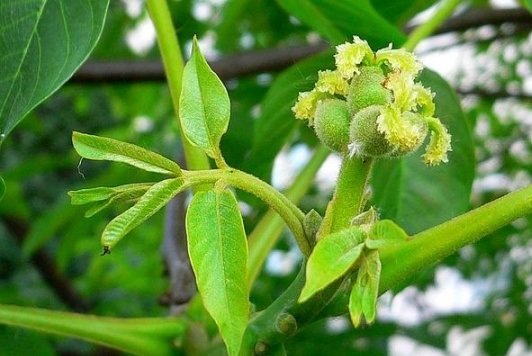
What Does a Walnut Tree Look Like in Winter?
In winter, all leaves and fruits of the walnut tree are fallen. The bark is especially helpful in identifying walnut trees in the winter season when they’ve dropped their leaves and aren’t producing fruit.
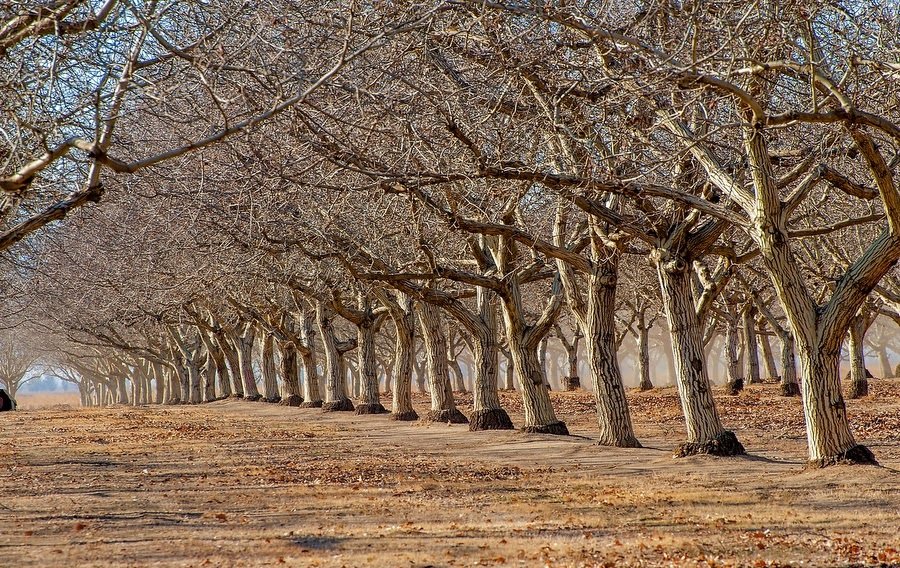
Ending Speech
We’ve reviewed what does a walnut tree look like. Perhaps from now on, you can easily identify a walnut tree. It can be said the most important element to identify a walnut tree is its leaves.
If you find a walnut tree, be sure to pay attention to the following warning:
Sleeping under a walnut tree is not a good idea due to a large amount of carbon dioxide in the night, and it’s deadly!

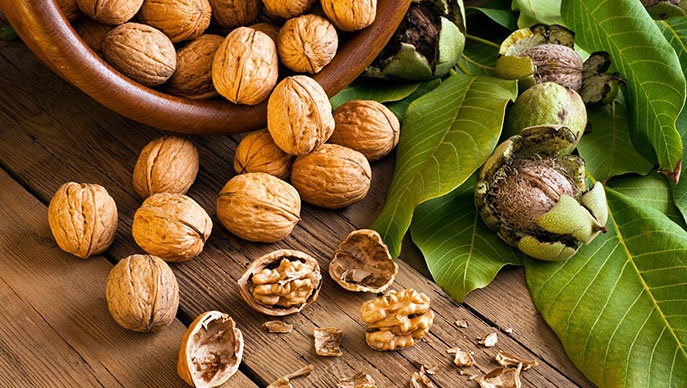



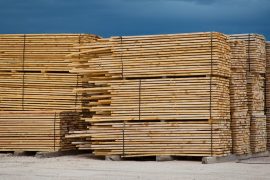
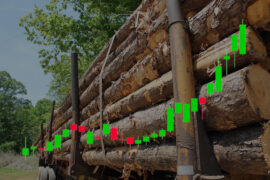
Comments
Pingback: Bubinga Wood, The Best Choice for Luxury Furniture | Wood Dad
Pingback: 11 Rustic Wood Project Ideas | Wood Dad
Pingback: Hardest Wood in The World | Wood Dad
Pingback: What Does a Cinnamon Tree Look Like? - Wood Dad
Pingback: 3 Types of Magnolia Trees in Florida - Wood Dad